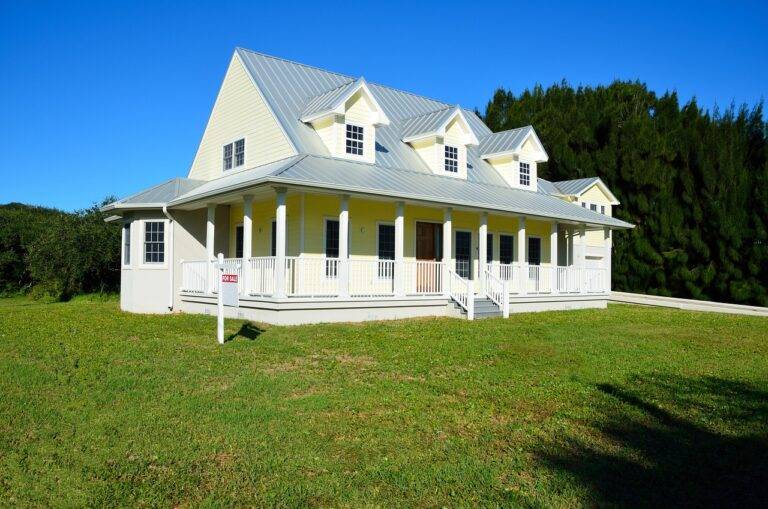Incorporating Universal Design Principles for Aging in Place
As the population ages, the concept of aging in place has become increasingly important. Aging in place refers to the ability for individuals to remain in their own homes as they grow older, rather than moving to assisted living facilities or nursing homes. To make aging in place successful, it is crucial to incorporate universal design principles into the home. Universal design principles aim to create spaces that are accessible and usable for people of all ages and abilities, including those with physical limitations or disabilities.
Key Elements of Universal Design
Universal design is based on seven key principles that can be applied to homes to make them more accessible and accommodating for aging individuals:
- Equitable Use: Design features should be usable by people of all abilities.
- Flexibility in Use: Spaces should accommodate a wide range of individual preferences and abilities.
- Simple and Intuitive Use: Design should be easy to understand and use.
- Perceptible Information: Information should be communicated effectively to all users.
- Tolerance for Error: Design should minimize hazards and the adverse consequences of accidental errors.
- Low Physical Effort: Spaces should be designed to be easy to use without undue fatigue.
- Size and Space for Approach and Use: Sufficient space should be provided to allow for ease of movement and use.
Practical Applications of Universal Design
There are many ways in which universal design principles can be incorporated into a home to support aging in place:
- Installing grab bars and handrails in bathrooms and other high-risk areas
- Creating a no-step entry into the home
- Designing a single-floor living space to eliminate the need for stairs
- Using lever-style door handles and faucet controls for easy operation
- Installing slip-resistant flooring in high-traffic areas
- Ensuring adequate lighting throughout the home to reduce the risk of falls
- Adapting kitchen appliances and cabinets for easy access
Benefits of Universal Design for Aging in Place
By incorporating universal design principles into a home, aging individuals can enjoy a greater sense of independence, safety, and comfort. Universal design not only benefits older adults but also creates a more inclusive living environment for people of all ages and abilities. Additionally, universal design features can add value to a home and make it more attractive to a wider range of potential buyers in the future.
Challenges and Considerations
While universal design can greatly enhance the quality of life for aging individuals, there are some challenges and considerations to take into account:
- Cost: Incorporating universal design features may require an initial investment, but the long-term benefits often outweigh the upfront expenses.
- Space Constraints: Some homes may have limited space, making it challenging to implement certain universal design elements.
- Personal Preferences: It is important to consider the individual needs and preferences of the homeowner when making modifications to their living space.
- Building Codes and Regulations: It is essential to ensure that any modifications comply with local building codes and regulations to maintain safety and functionality.
Conclusion
Incorporating universal design principles into a home is essential for creating a safe, accessible, and comfortable living environment for aging individuals. By following the key principles of universal design and implementing practical modifications, individuals can age in place with greater independence and dignity. When designing or renovating a home, it is important to consider the unique needs and abilities of the homeowner to create a space that supports their well-being and enhances their quality of life.
FAQs
Q: What is the difference between aging in place and assisted living?
A: Aging in place refers to the ability for individuals to remain in their own homes as they grow older, while assisted living involves moving to a facility that provides additional support and services for older adults.
Q: Are there financial assistance programs available for incorporating universal design features?
A: Yes, there are programs and resources available to help offset the costs of implementing universal design features in homes, such as grants, loans, and tax incentives.
Q: How can I assess the accessibility of my home for aging in place?
A: You can conduct a home assessment or consult with a professional to identify potential barriers and make recommendations for modifications to improve accessibility and safety.







